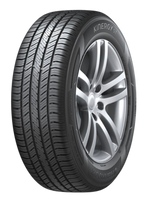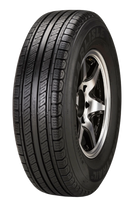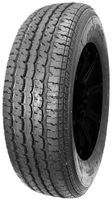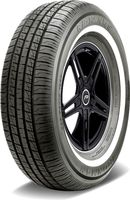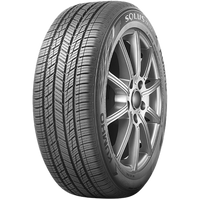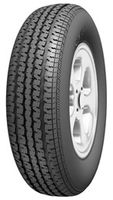205/75R14 Tire Size
Probably you don't know, but there are two types of tire internal construction: radial and bias. A radial one has its plies, or layers of cords, running at a 90-degree angle to the direction of travel, or "radially" from the center of the structure. This allows it to flex more easily and provides a smoother ride. Radial tires offer better traction and longer tread life than bias-ply tires. They are commonly used on passenger cars, light trucks, and many other vehicles.
While the bias-ply tires have their plies running at an angle to the direction of travel, usually at 30-45 degrees. As a result, this makes the tire stiffer and more resistant to damage from cuts and punctures. These also tend to have a higher load-carrying capacity and can provide more stability in certain applications, such as off-road or agricultural use. In contrast with radial ones, they can also generate more heat and wear faster. In conclusion, the best choice of construction depends on the specific application and the user's priorities.
Best 205/75R14 Tires
Here we have two of the most outstanding radial models with this size.
The first one is Uniroyal Tiger Paw AWP II, a popular all-season rubber engineered to show the ideal balance of traction, grip, and fuel efficiency. In the production of this mode, the engineers use an advanced rubber compound formed into a trusty tread pattern. The tire's wide linear grooves channel water away from under the footprint, thus reducing the risk of hydroplaning and improving traction on wet surfaces. Due to its high-silica rubber compound, this model offers a good grip on both wet and dry surfaces. Using a low rolling resistance design, your vehicle requires less energy to keep it moving, thus increasing fuel efficiency. All new groove and rib design contributes to lessening road noise for a smoother, more effective ride.
The second one is Kumho Solus TA11. This model is another good touring all-season tire developed for many coupes, sedans, and minivans. It is a great option for people who are looking for confident traction and ride comfort. In addition, Solus TA11 comes with a new year-round carbon compound molded into an asymmetric tread pattern that presents a rounded shoulder design with notched shoulders engineered to keep contact with the road for excellent stability, and responsive steering on the highway. Moreover, Kumho's ESCOT Casing Technology optimizes sidewall cord tension distribution to promote steering response and long lifespan. To guarantee more strength, engineers use a special internal structure with twin steel belts reinforced with spirally wrapped nylon. Kumho backs it with a great warranty of 75,000 miles.
Probably you don't know, but there are two types of tire internal construction: radial and bias. A radial one has its plies, or layers of cords, running at a 90-degree angle to the direction of travel, or "radially" from the center of the structure. This allows it to flex more easily and provides a smoother ride. Radial tires offer better traction and longer tread life than bias-ply tires....
Need live support?
- Mon - Fri: 8am - 7pm ET
- Sat: 9am - 5pm ET
- Sun: Closed






